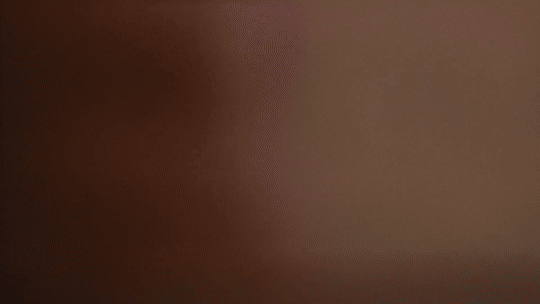In May 2024, I travelled to southern Italy with grand plans. I returned (exhausted) with thousands of photos and hours upon hours of videos.
Using that material I’ve written an essay on the quite literally unbelievable mosaics and frescoes found in Pompeii and Herculaneum (did the ancients really leave us an eerily ‘appropriate’ historical record?) and I conducted a deep dive on a single mosaic to explore the manifold ways in which scholars identify the central figure as Plato despite no label or any such clear symbol.
And now, I explore the texts that were found deep under the mud of Vesuvius’ fateful 79AD eruption…
The Herculaneum Papyri
I’ve always valued creating well-researched long-form material over quick releases. Armed with thousands of photos and hours of videos of some of the most important sites and objects of the ancient Mediterranean, I needed even more time creating this full-blown short documentary.
I have stood under the silhouette of Vesuvius, walked the streets of ancient Herculaneum, and seen the ancient scrolls recovered from the wreckage. But there is one place that not only can I not explore, but no one else. That is what is still hidden: the unexcavated sections of The Villa of the Papyri.
Come with me as I show you the Herculaneum scrolls, where they were found, what they say, the material they’re made of, and how we may soon be able to read more of their texts — hitherto hidden even from antiquity — than ever before.
(Watch on Substack or on YouTube)
Gallery
Through the creation of this video, I found myself not only exploring the subject matter, but able to visually represent one of the key theses of Culture Cross.
“What we have are copies…. of copies… of copies.”
Along with all kinds of other interesting imagery I learned to create:
Experiments with carbonizing my own papyri:
And of course, the glory shot. A Herculaneum scroll in the process of de-rolling:










Share this post